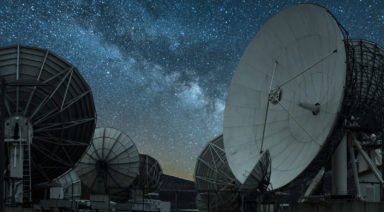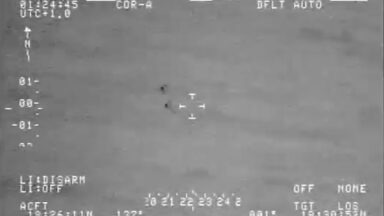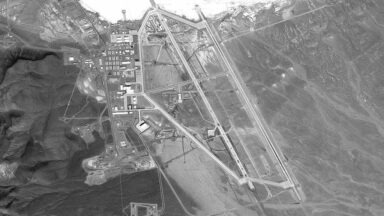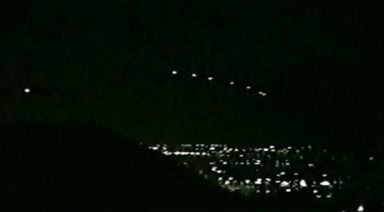Have Aliens Visited Antarctica?

The sheer vastness of Antarctica is stunning. Despite the fact that it is the fifth largest continent, containing 70 percent of the world’s freshwater, the majority of its surface remains largely unexplored – not to mention what could possibly lie beneath the ice.
Antarctica’s discovery by the Western world remains contentious as far as crediting a single person, but it is generally accepted that the discovery occurred sometime around 1820. Though there have been alternative theories positing that its discovery may have occurred centuries earlier by ancient civilizations that potentially utilized extraterrestrial technology.
A WARMER CONTINENT
The evidence of an earlier discovery of Antarctica might be found in the Ottoman Piri Reis Map dated 1513 — shortly after Columbus’ discovery of the Americas. The Piri Reis mapping appears far more advanced than typical 16th century cartography, leading some to ascribe to theories that the map may be proof of the presence of “off-worlders,” or Antarctica aliens with advanced technology.
Dr. John Weihaupt, an emeritus professor of Geology at the University of Colorado Denver, says he believes a discovery of the continent prior to the 19th century was made. Though he says the actual means of discovery remain unknown.
Some believe the Piri Reis map shows a subglacial topography of Antarctica that harbored life during a period of warmer global climates. A study by scientists from LSU and Rice University found deposits of follis pollen in layers of sedimentary rock, indicating a tundra warm enough for plant growth as recently as 12 million years ago. However, theories focusing on the Piri Reis Map would suggest a warmer Antarctic climate more recently.

Piri Reis Map, 1513, Ottoman Empire
Aliens in Antarctica, Pyramids and Out of Place Structures
The discovery of several four-sided pyramids has ignited curiosity. Some claim that the pyramids are the work of ancient or alien civilizations, while others say that they are simply nunataks — protruding peaks of mountains buried beneath the ice that have been shaped by erosion.
However, the distinctly shaped sides of each face are what alternative theories see as evidence of the pyramids being man-made. An additional dome-shaped structure protruding from beneath the ice has raised further questions and perpetuated the belief of an ancient civilization buried beneath that the Ottomans may have been aware of or contacted.
Typically when one brings up the topic of anomalous entities on our planet’s southern tundra, Admiral Byrds’ Antarctic expeditions, Operation Highjump and Operation Deepfreeze, are mentioned in the same breath.
Between the time of the Great Depression and WWII, Admiral Richard E. Byrd of the U.S. Navy pioneered explorations of both poles. A8fter a multitude of trips to the arctic territories, there is one Byrd narrative that sticks out more than the rest: his record-setting flight over the North Pole.
According to an alleged diary entry written during his polar flight, Byrd came across a warm, lush climate with Mammoth-like creatures and an ancient human race that had been residing within the Earth.
His plane was commandeered mid-air and landed for him by some entity — what some say were Antarctic aliens, or what others claim where a race of entities living inside the Earth who intercepted his plane with saucer-shaped aircraft. Upon landing, he was met by emissaries of some previously unknown civilization, who expressed their concern about humanity’s use of atomic bombs during WWII and employed Byrd as their ambassador to return to the U.S. government and relay their sentiment.
Were Elephants Engineered As Living Metaphors of Grace And Patience?

Earth and human beings were most likely constructed as scientific experiments by extraterrestrial races, that is if you ascribe to the ancient astronaut theories of Erich von Däniken or Zecharia Sitchin. Given this, it’s possible that many of our planet’s species, living and extinct, were infused with unique sets of attributes meant to teach and inspire us.
At the birth of the great Earth experiment, aliens may have had justifiable fears around the dangers of what they were creating. They knew that the outcome would be unpredictable, and most likely, unimaginable. From experience, they recognized the dangers inherent in an experiment like this one.
It stands to reason that our alien architects must have known that developing simpler, somewhat limited, and possibly conscious species in tandem with human beings might preserve their experiment and related research.
“People are so difficult. Give me an elephant any day.”
— Mark Shand




































